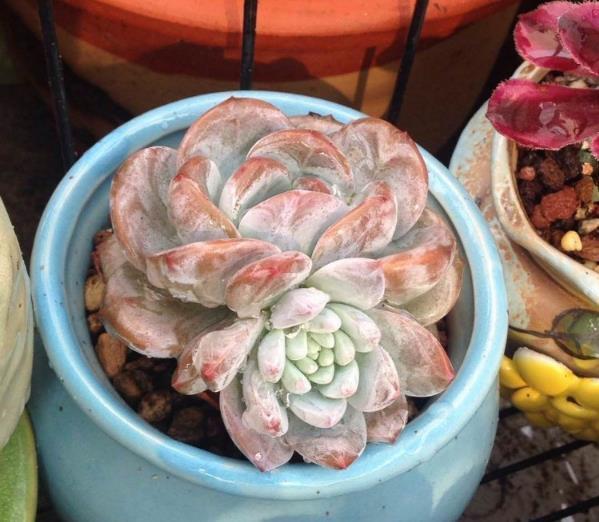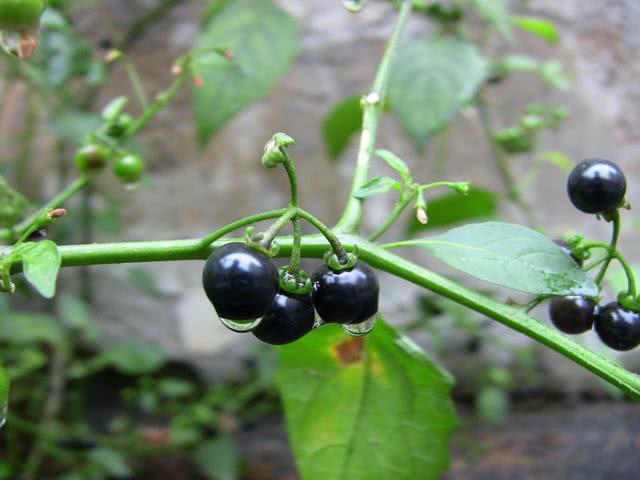In summer, succulent plants should bask in the sun moderately in order to avoid rotting roots and black rot to fatten succulent plants.

It is absolutely impossible to expose succulent plants to the sun in summer, because ultraviolet rays in summer are the strongest, but some buyers are also very contradictory, knowing that the sun has strong ultraviolet rays so that they can not take succulent plants out to dry, but they go to buy those ultraviolet lamps and lanterns. It is undeniable that they can be colored, but the result is not true. After a period of time, the succulent plants will appear purple and black. After a period of time, the succulent plants will appear purple and black. Slowly wither, even if it does not wither, the purple-black color remains the same, because the cells in the succulent plant have been sunburned by ultraviolet rays, so they become purple-black.
Succulent plants are not foolproof to move into the house in the summer, ensuring ventilation is the king, moving into the house is to protect against the sun, and the temperature inside is much lower than outside, but the more important thing to prevent black rot is ventilation. Move into the house but do not often open the window ventilation in the hot and humid environment, the air is not conducive to water evaporation, and it is difficult to reduce the temperature, but also easy to lead to root rot. When planting succulent plants in summer, you should give enough sunlight, otherwise it will easily lead to overgrowth of plants. The sufficient sunshine mentioned here is not in the sun all day, but should be avoided at noon.
Succulent plants avoid stagnant water if they are often watered in summer, which will lead to long-term damp rot in the roots, making it difficult to continue to grow. The amount of water must be controlled. If you can't help itching, you can water a small amount of water along the basin wall or soak the pot for a short time (controlled in about 10 seconds), that is, let the flowerpot put in the water and take it out with a little humidity. A master may scoff, but for a novice, keeping succulent immortality is the king. When shading, you may grow apprentice and lose color to make the product look worse, but if you don't shade and expose yourself to the sun, you may face sunburn and death. Shading is better for the safety of succulent plants. In the installation of sunshade net should also take into account the problem of ventilation, do not shade the ventilation is not good, and finally lead to meat black rotten water.
Dew-raised succulent plants are likely to have rotten cores, because the water in the succulent cores is still on it after the big fish, and it is easy to rot over time, so remember to remove the water from the cores after heavy rain. Summer is a rainy season, so what to do with succulent plants when it rains. Of course, it rains in summer and the air is humid, that is to say, when it rains in summer, don't water at all. It doesn't matter if the succulent plants grow long. The key is that they can't melt water, while succulent plants in rainy season are easy to water if they are not careful.
In summer, we must not use that kind of impervious soil to cultivate succulent plants. Impervious soil will not help succulent plants to spend the summer. On the contrary, it will kill your succulent plants, so the grainy soil is the first choice for succulent plants to spend the summer safely. The biggest advantage of granular soil is that after watering too much, it can quickly discharge water without stagnant water, so that the succulent roots can breathe normally and avoid the tragedy of rotten roots. Friends who do not want to spend money on particles also try to use more cinder, coarse sand and other soil, do not hurt their own succulent plants in order to save trouble and money.
In summer, the obvious high temperature, when the temperature reaches more than 35 degrees, it is necessary to shade, otherwise succulent flesh will be sunburned, or even sunburned to death. Dark flowerpots have strong heat absorption properties. If you use dark flowerpots to bask in the sun, it will be like cooking meat. After a while, I will specially test the temperature difference between dark flowerpots and light flowerpots in the same environment. In this way, we can more intuitively understand the harm of dark flowerpots in summer.
Here is a gathering place for succulent plant lovers, sharing succulent maintenance skills, welcome to follow and exchange.
- Prev

Wipe the flowers with a banana peel to make the leaf surface look bright and charming.
Bananas turn black and go bad after they have been kept for a long time, which is a pity to lose, but it is really a good fertilizer for flower growers. Banana peel is rich in potash fertilizer, which can promote the healthy growth of plants. Do the foliage potted plants at home always attract ashes? Gray.
- Next

These plants brought us a lot of fun when we were young. How many more can you remember?
The first kind of plant is Solanum nigrum. When we were young, we ate less. When we saw some wild fruits, we wanted to eat them. But the adults of this kind of wild fruits will tell us that we can't eat them, so although we are very greedy, we never eat these fruits. Solanum nigrum
Related
- Wuhan Hospital Iron Tree Blooming Result Was Instantly Frightened by the Gardener Master
- Which variety of camellia is the most fragrant and best? Which one do you like best?
- What is the small blue coat, the breeding methods and matters needing attention of the succulent plant
- Dormancy time and maintenance management of succulent plants during dormancy
- Minas succulent how to raise, Minas succulent plant pictures
- What are the varieties of winter succulent plants
- How to raise succulent plants in twelve rolls? let's take a look at some experience of breeding twelve rolls.
- Attention should be paid to water control for succulent plants during dormant period (winter and summer)
- Watering experience of twelve rolls of succulent plants
- Techniques for fertilizing succulent plants. An article will let you know how to fertilize succulent plants.

